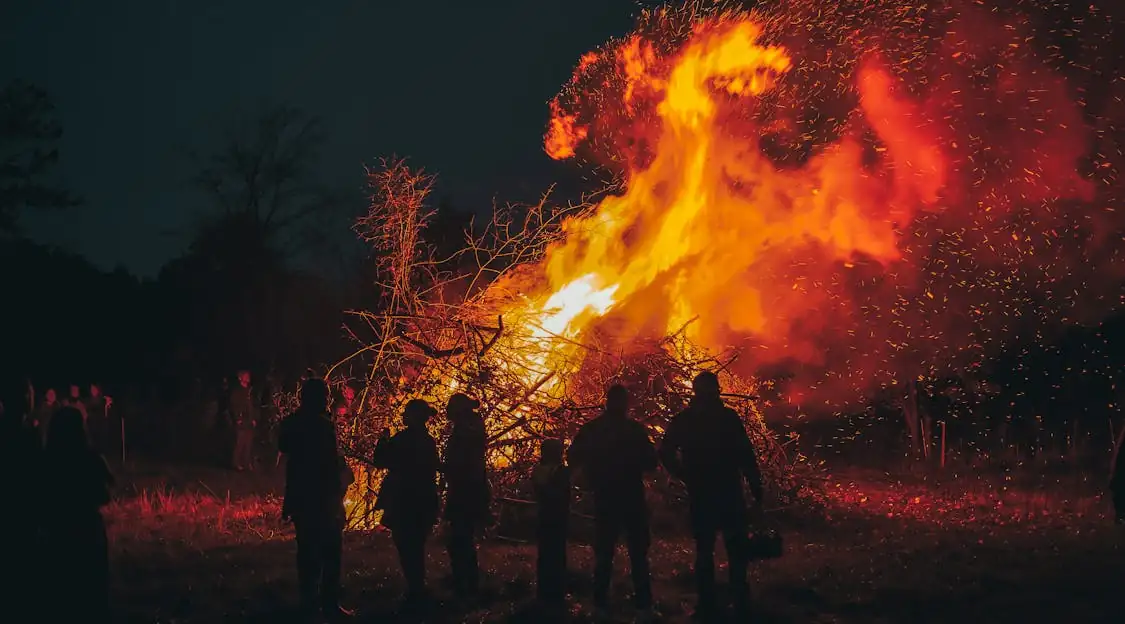Samhain: Honoring the Turning of the Seasons by Bekah Drake
Samhain, pronounced SOW-in or SAH-win, is a celebration of the harvest season and it’s successful end as well as the honoring of ones dead and the spirits connected to them. It is traditionally from Celtic and Gaelic tradition and can be found throughout history as far back as the 9th century.
As with many traditions of the Celts it was a very nature based tradition, grounded in sunsets and sunrises, bonfires, elaborate costumes, dancing, and feasting.
The celebration of Samhain falls between the Autumnal Equinox and the Winter Solstice, usually October 31-Nov 1.
In about the 9th century we can see protestant christianity appropriating this holiday and twisting it, keeping some things but not all. The most significant change being altering the Day of the Dead or All Hallows Eve into All Saints Day, creating a time for people to honor church figures rather than their family dead and any spirits or energies they felt needed connecting to at that time.
These days you will find most people who observe Samhain lighting candles or fires, setting our offerings of food and fauna in gratitude for the abundance provided, and dressing up to offer fun and family connection while also offering food to young people. Personal practices often include ways to honor a person’s family dead and remember them.
Whether you’ve celebrated Halloween or Samhain for whatever length of time I invite you to be intentional this year about recognizing the connections around you, honoring the people who have come before you who deserve honor and recognizing those who may not, and getting into your body with gratitude as we enter this next season of the year.

